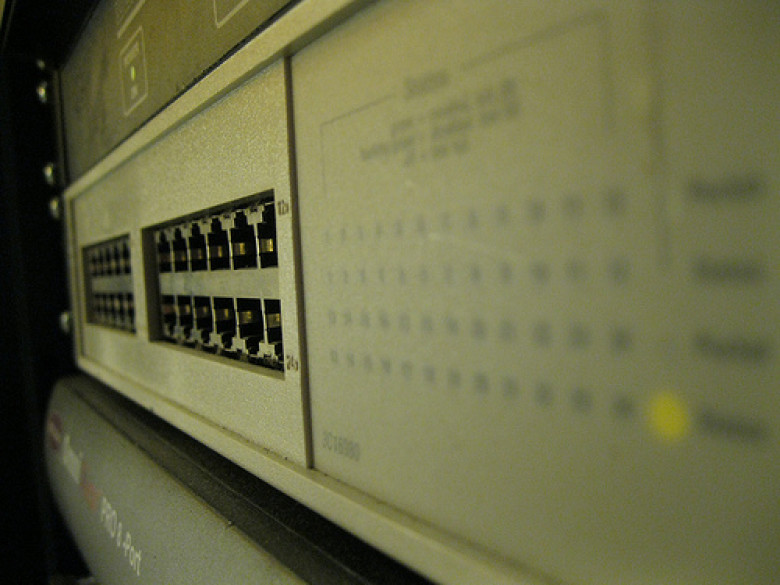Unicast flooding due to asymmetric routing
Asymmetric routing is a situation where a packet traverses from a source to a destination in one path and takes a different path when it returns to the source. This is commonly seen in Layer-3 routed networks, for instance on Internet.
Asymmetric routing is not a problem by itself, but will cause problems when Network Address Translation (NAT) or firewalls are used in the routed path. For example, in firewalls, state information is built when the packets flow from a higher security domain to a lower security domain. The firewall will be an exit point from one security domain to the other. If the return path passes through another firewall, the packet will not be allowed to traverse the firewall from the lower to higher security domain because the firewall in the return path will not have any state information.
Another problem than can occur is unicast flooding where the cause of flooding is that destination MAC address of the packet is not in the L2 forwarding table of the switch.










































































